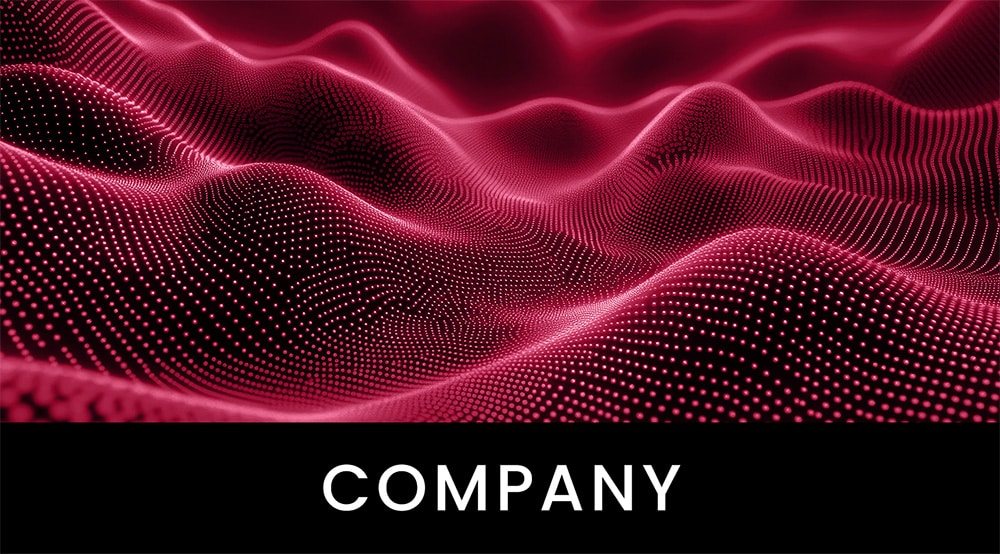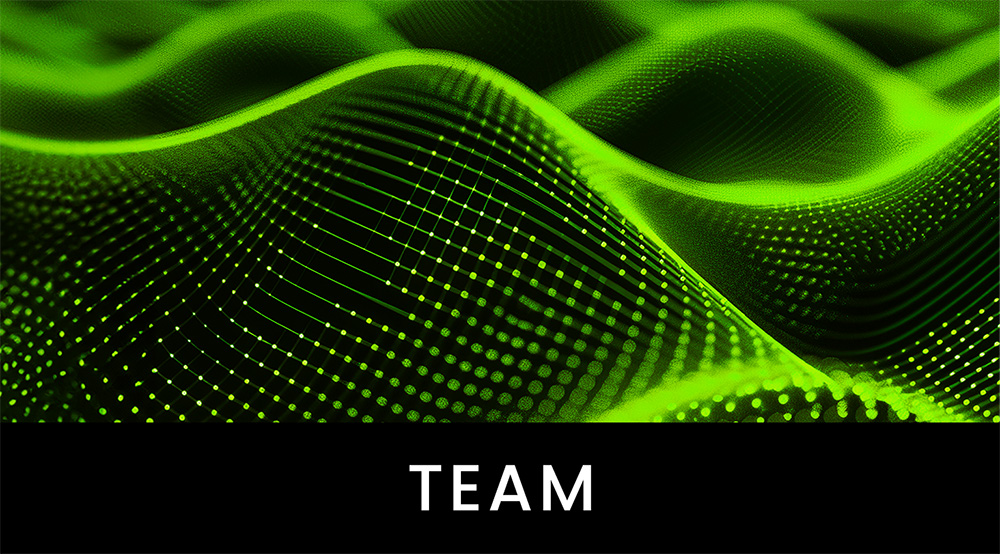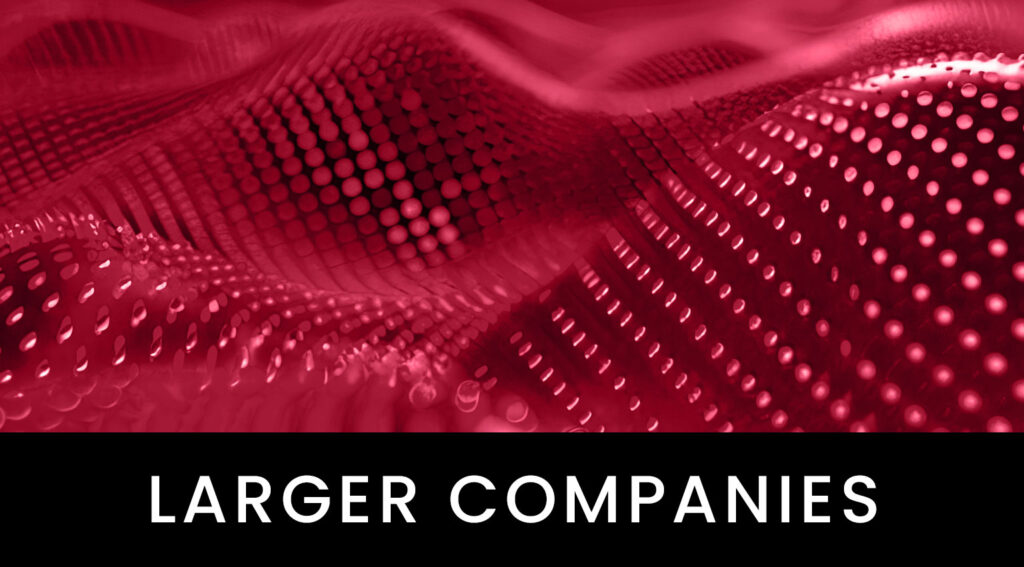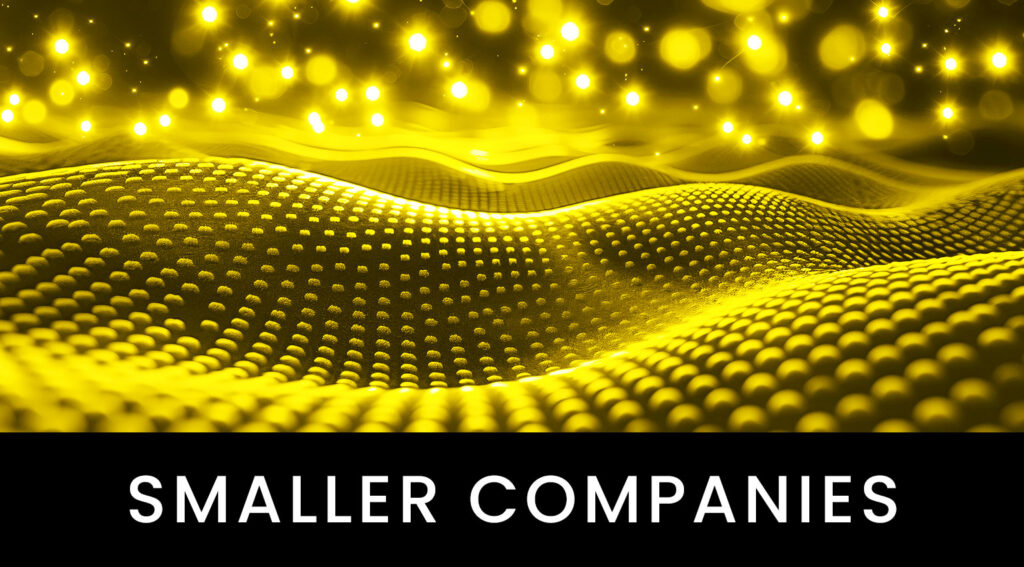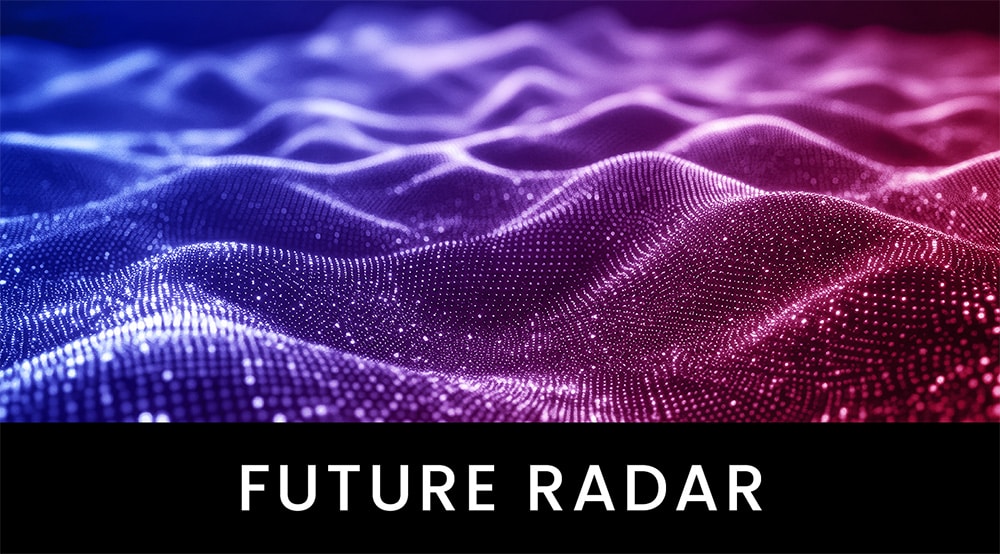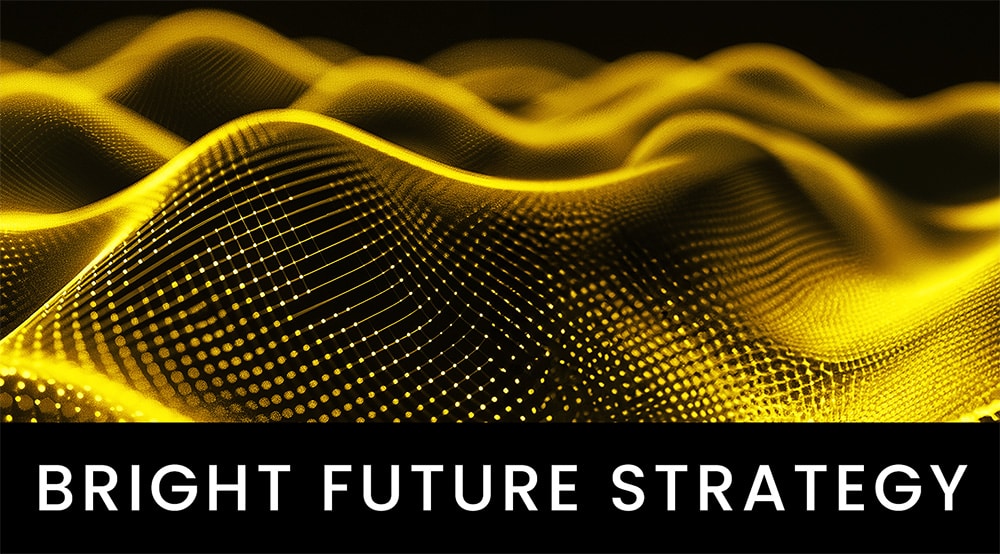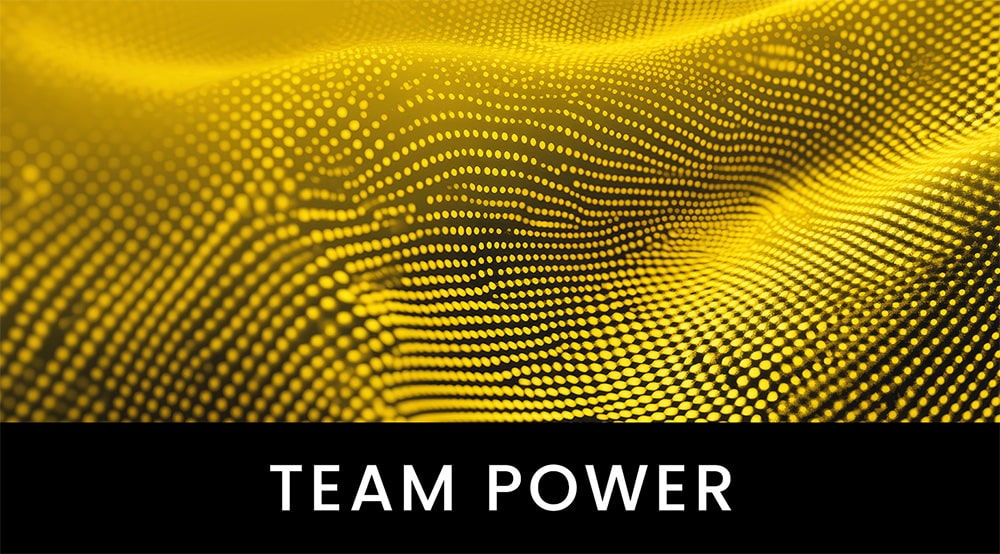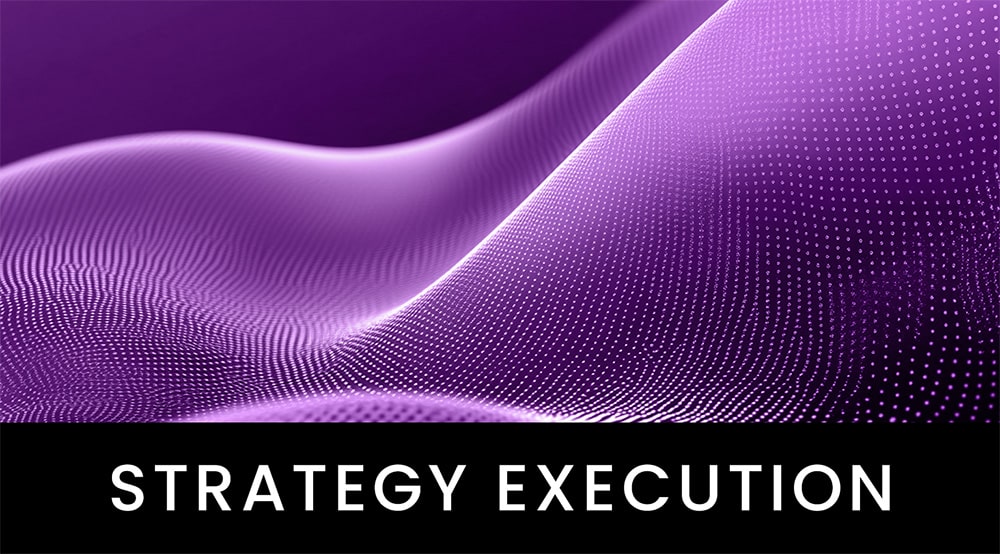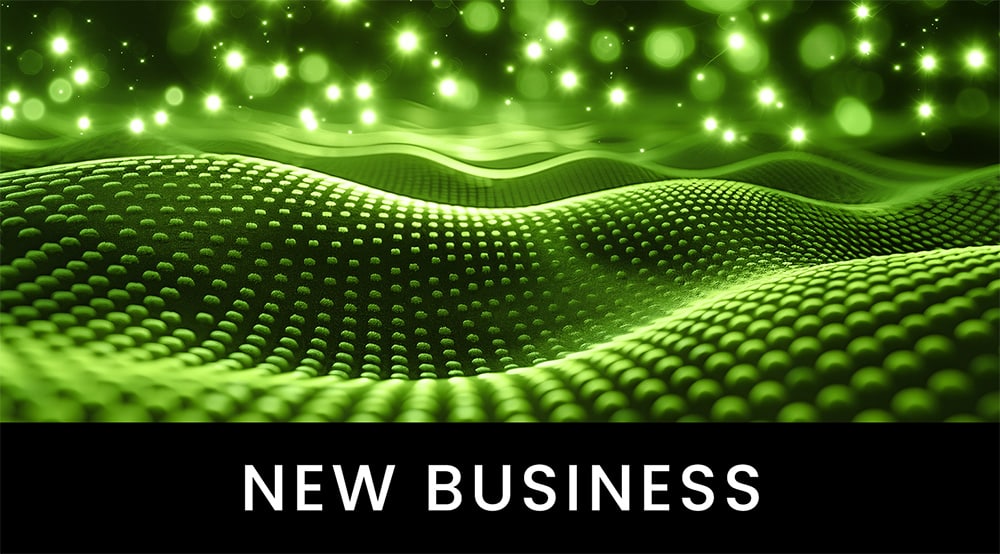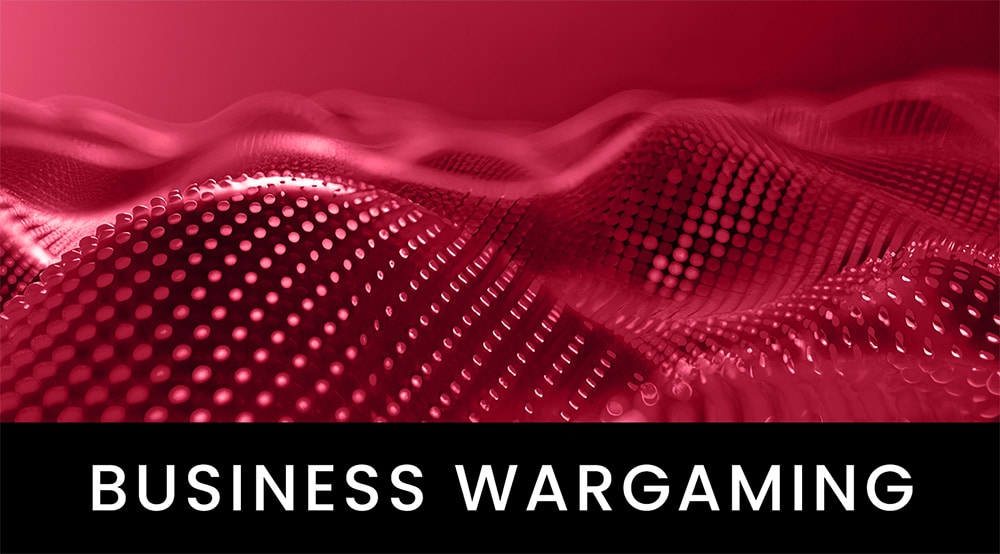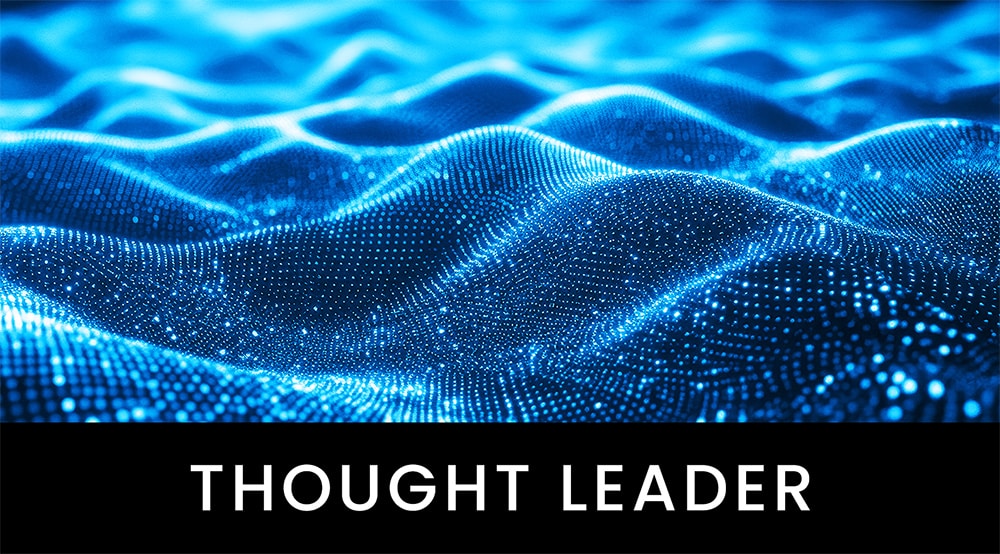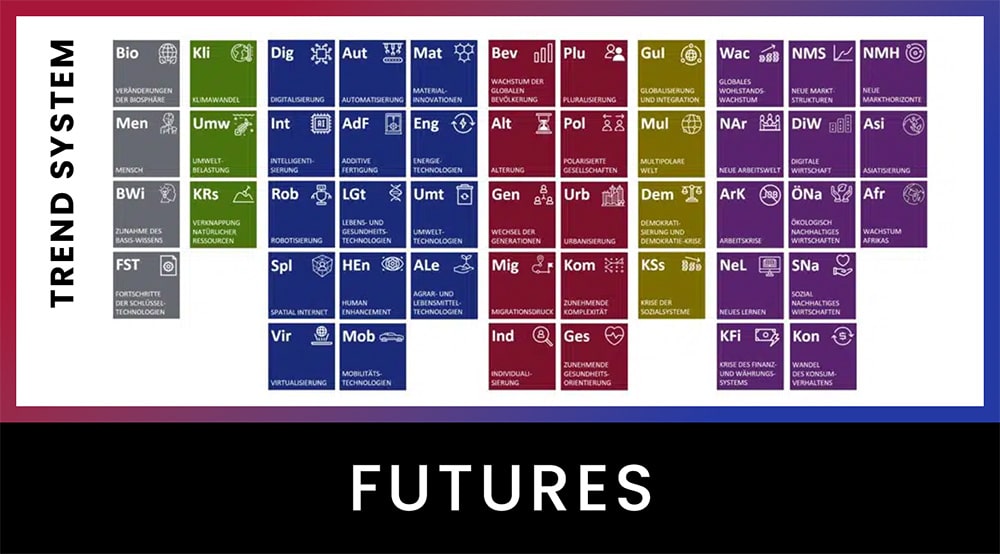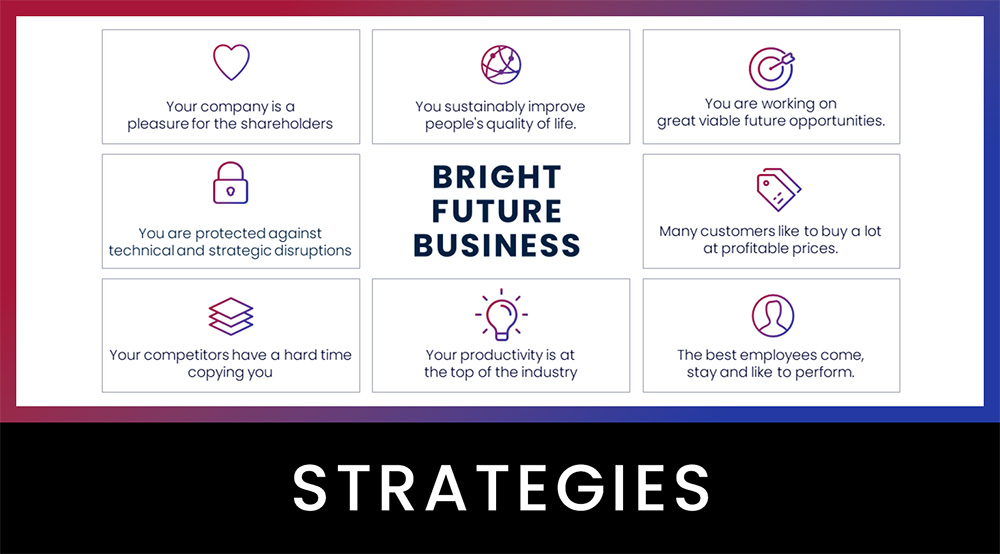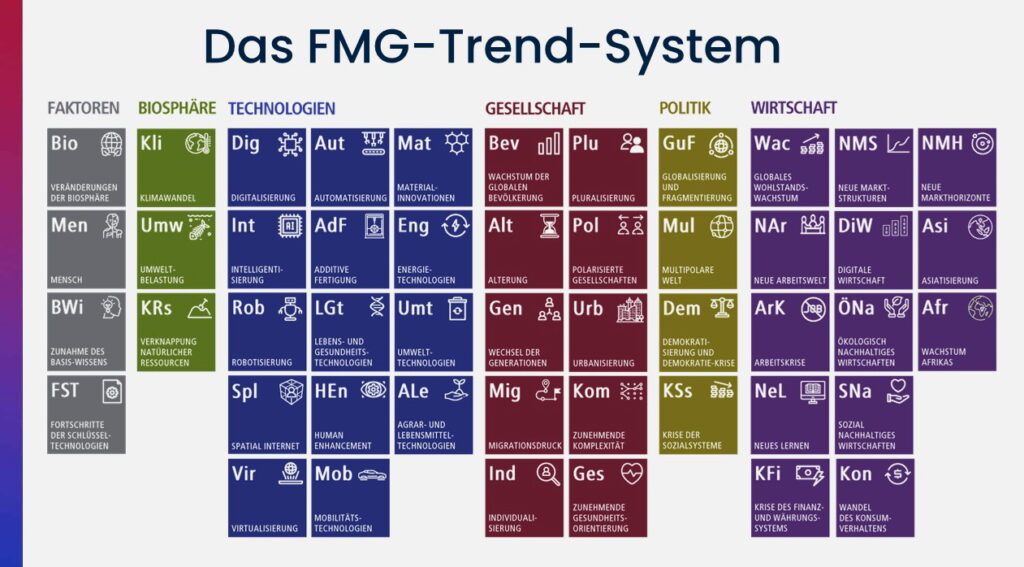Digitalization megatrend
From the FMG Trend System: For your future-proof company
Digitalization as a driver of change
The megatrend of digitalization is rapidly changing our working world, business models and everyday life. It describes not only technical progress, but above all the profound change in the way we communicate, consume and do business. Digitalization is a key factor for innovation, competitiveness and sustainable growth – especially for SMEs. To the overview of all megatrends

What does digitalization mean for companies?
Digitalization refers to the conversion of analogue processes, products and services into digital formats – as well as the far-reaching transformation that follows. It encompasses far more than just technology: digitalization is changing value chains, customer relationships, business models and the way we work together.
For companies, digitalization primarily means automation, data networking, new communication channels and flexible, scalable structures. It opens up opportunities for increased efficiency, innovative capacity and the development of new markets.
The digitalization megatrend acts as a catalyst for many other future developments – it is one of the most dynamic and at the same time most influential trends of the coming years.
- Digitalization and other technologies are the most transformative trends alongside human motives. We use our tools to shape the world, mostly to our advantage.
- The digitalization megatrend is just one of many that could be relevant for the future of your business.
- In addition to megatrends from the biosphere, society, politics and the economy, FMG’s trend system also includes the drivers that trigger trends such as digitalization, the future factors. To the overview of all megatrends
Three key developments in digitalization
1. informatization
Informatization describes the increasing penetration of all areas of life and work with digital information systems. Driving sub-trends:
- Continuous computing
Digital systems and devices are available at all times and accompany us continuously through our everyday lives and work – contextually and intelligently networked. - Home networking & intelligent building technology
Connected households and automated building control systems increase convenience, security and energy efficiency – central to smart living and smart energy. - Ubiquitous computing
Everyday objects are becoming intelligent, recognizing situations and adapting automatically – a new quality of digital living spaces.
2. internetization
Companies, people and machines are networked in real time. The infrastructure and usage patterns are changing fundamentally:
All IP & Voice over IP (VoIP)
Standardized IP communication replaces heterogeneous systems – efficiently, cost-effectively and flexibly across different media.Cloud computing
Scalable, centralized IT infrastructures enable location-independent access to applications, data and computing power – the basis for data-driven business models.Always-on society
Permanent access to the Internet shapes behavior and business processes. Customers and employees expect digital accessibility – at all times.Multi-cloud & sovereign cloud
Companies are increasingly using hybrid and sovereign cloud models to meet regulatory requirements and retain control over data.
3. more powerful information technologies
Digitalization requires a technological foundation that is constantly evolving – powerful, flexible and scalable:
Edge Computing & Low Power Communication
Data processing at the point of origin – fast, secure and resource-efficient. Low-power communication enables long-lasting, energy-efficient IoT applications.Interference Cancellation (IFC)
Interference-free data transmission on all channels – particularly important for dense urban networks and the modernization of existing infrastructures.New storage technologies
The amount and importance of data is growing exponentially. New technologies enable cost-efficient, fast and mobile storage solutions – e.g. flash, holographic, molecular.Holographic memory & DNA storage
Research into revolutionary storage methods opens up new dimensions in data storage – beyond the physical limits of classic semiconductors.Growing bandwidths
More data – more speed. New transmission technologies enable real-time applications such as remote services, streaming or AR/VR.RFID & Near Field Communication (NFC)
Contactless technologies are revolutionizing logistics, identification and mobile payment – central components of networked processes.Growing computer power
More computing power means more possibilities. Advances in AI, big data, simulation and natural language processing are becoming a reality.Edge AI & AI accelerator
Specialized chips enable artificial intelligence directly on the device – without the cloud, with minimal latency and maximum control.
Conclusion: targeted use of digitalization
- For SMEs, the digitalization megatrend is not an abstract topic for the future – it is already crucial for business success today.
- Megatrends are often too obvious. You need to look deeper and analyze smaller trends. This is where potential threats and, above all, opportunities for your business lie. Only then will you have the chance to build a competitive advantage.
- Digitalization is not an end in itself – it is one of the most powerful levers for your business success.
- With the Future Radar Program, you can identify which developments are really relevant for your business and how you can develop strategic advantages from them.

